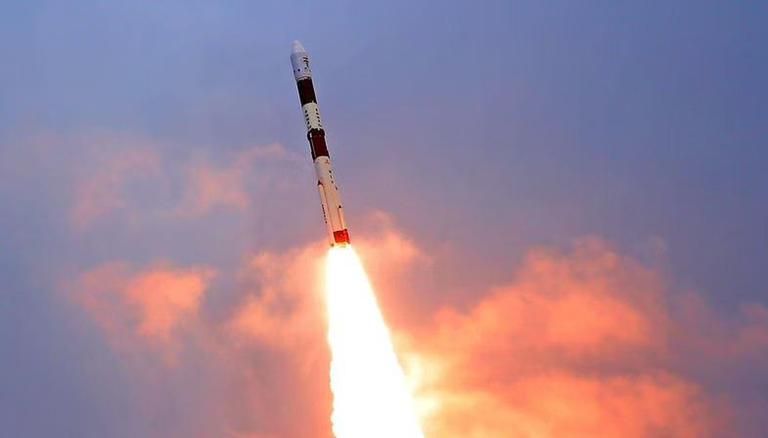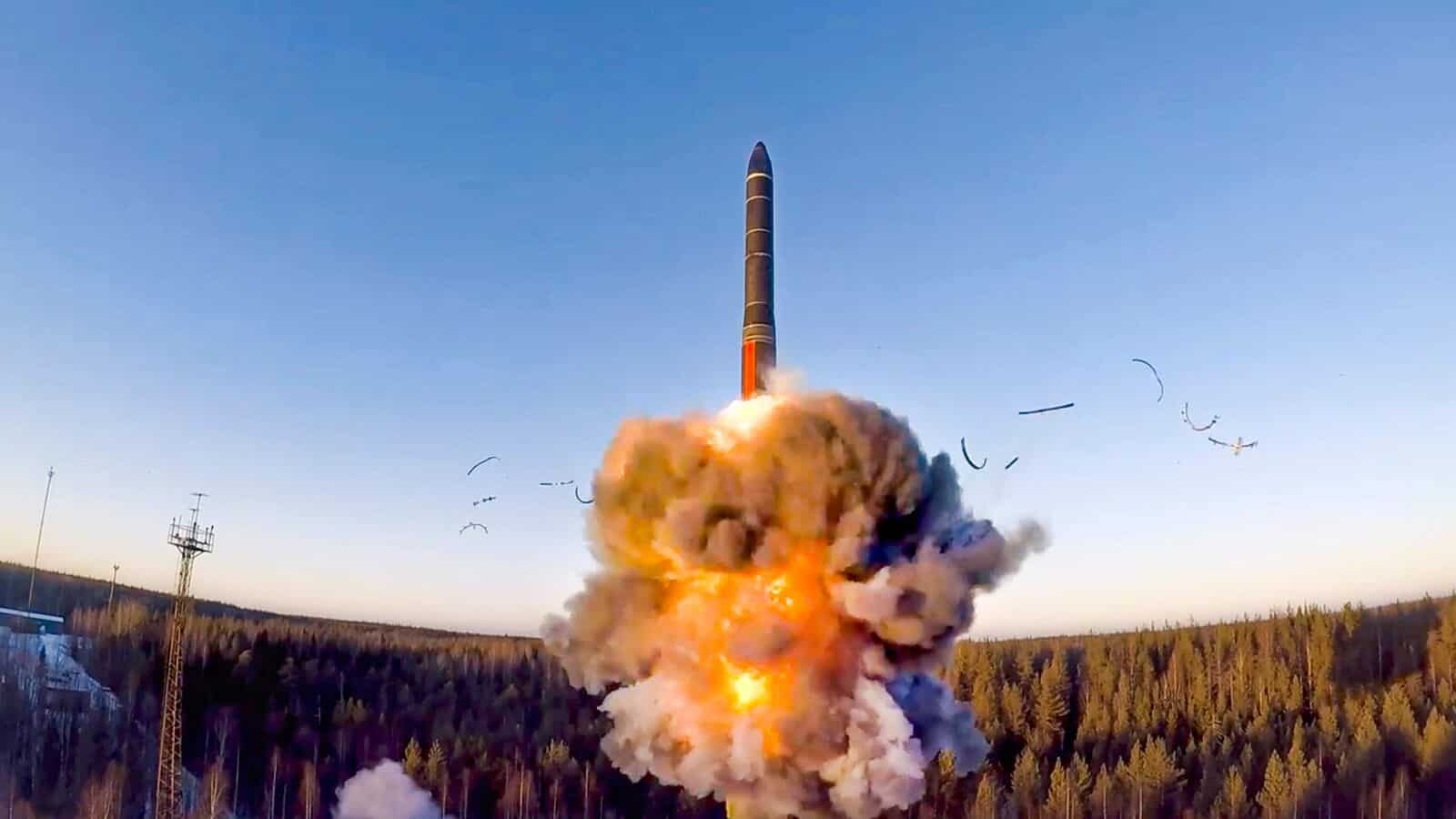The Next-Gen Launch Vehicle (NGLV) is being created by the Indian Space Research Organization (ISRO) to replace current systems like the Polar Satellite Launch Vehicle (PSLV).The ISRO chairman recently announced the launch of Next-Gen Launch Vehicle (NGLV), which will replace operational systems like the Polar Satellite Launch Vehicle. He made the announcement during a three-day Engineers Conclave 2022.
Next-Gen Launch Vehicle: What is it?
The goal of NGLV is to develop a reusable heavy-lift vehicle with three stages to orbit and a ten-ton payload capacity for geostationary transfer orbit (GTO). It has semi-cryogenic propulsion, which is more affordable and effective, for the booster stages using refined kerosene as fuel and liquid oxygen (LOX) as the oxidizer. Design: The design will be straightforward and durable, enabling mass production, modularity in systems, subsystems, and stages, and quick turnaround. Uses: Launching communication satellites, deep space missions, upcoming human spaceflight, and cargo missions are all possible uses.
 Source: Republic World
Source: Republic World
The Polar Satellite Launch Vehicle (PSLV)
 Source: Research Gate
Source: Research Gate
The Polar Satellite Launch Vehicle (PSLV) is India’s third generation launch vehicle.It is the first launch vehicle made in India that uses liquid stages. Immediately after its initial fruitful launch in October 1994. India’s reliable and adaptable workhorse launch vehicle has emerged as the PSLV. The vehicle has launched numerous customer satellites, both Indian and foreign.
The 2008 launch of Chandrayaan-1 and the 2013 launch of the Mars Orbiter Spacecraft, both of which visited the Moon and Mars, are examples of successful launches. The PSLV program’s 50th launch is PSLV-C48. As a dependable launcher of numerous satellites into low-Earth orbit, PSLV has earned the nickname “workhorse of ISRO.” Specifically, the satellites in the IRS Series.
PSLV To NGLV
“The PSLV (Polar Satellite Launch Vehicle) rocket has completed over 50 launches to date, with another 30 PSLV launches planned. The utility/purpose of the next 30 launches is crystal clear to us. What comes after that? “Dr. S. Somanath, Chairman of India’s Space Agency, told his colleagues and leading engineers from various domains in India. The senior space scientist and technocrat was discussing how India must adapt to massive, revolutionary changes in rocket technology.
 Source: Insights on India
Source: Insights on India
Somanath shared his vision for the Indian space programme and industry in his keynote address at the ‘Engineers Conclave-2022.’ “PSLV must retire today, tomorrow, or a decade from now. PSLV technology is from the 1980s and cannot be used for missions in the 2030s. It is incorrect “He stated. He also stated that the same is true for the GSLV rocket. He did, however, mention that the GSLV Mk3 rocket is an exception because it is a newer vehicle.
According to Somanath, India must consider developing a low-cost launcher in the future. “We are developing a new-generation launch vehicle for India that will be more cost-effective, reusable, easier to manufacture, and faster to produce. The teams are currently working on it “He stated this without elaborating on progress or timelines. Such a next-generation rocket is expected to be powered by highly efficient liquid fuel combinations such as methane and liquid oxygen, kerosene and liquid oxygen.
Cutting-edge NGLV technologies represent the true next generation.
The NGLV will be a significant improvement over ISRO’s current launch vehicles. According to ISRO, a Geosynchronous Transfer Orbit (GTO) satellite will weigh at least ten tonnes. If the payload is for Low Earth Orbit, the NGLV will have twice the capacity (LEO).
Surprisingly, the NGLV will also function as a reusable launch vehicle. The reusable variant of the NGLV, on the other hand, will have a lower payload capacity. “SpaceX, which has been launching its Falcon 9 rocket on a regular basis, pioneered reusable launch vehicles.” The Falcon 9 has an eight-tonne GTO capacity and a twenty-two-tonne LEO capacity, which is similar to the NGLV. “Like the NGLV, the Falcon 9 engine runs on LOX and rocket-grade kerosene,” Girish Linganna adds.
 Source: Livemint
Source: Livemint
ISRO Achieving New Milestones
The ISRO Chairman also emphasised the significance of a business model centred on the NGLV. This includes both the launch of commercial satellites and the participation of industry. The industry will be able to stand on the shoulders of giants like NGLV and ISRO.













